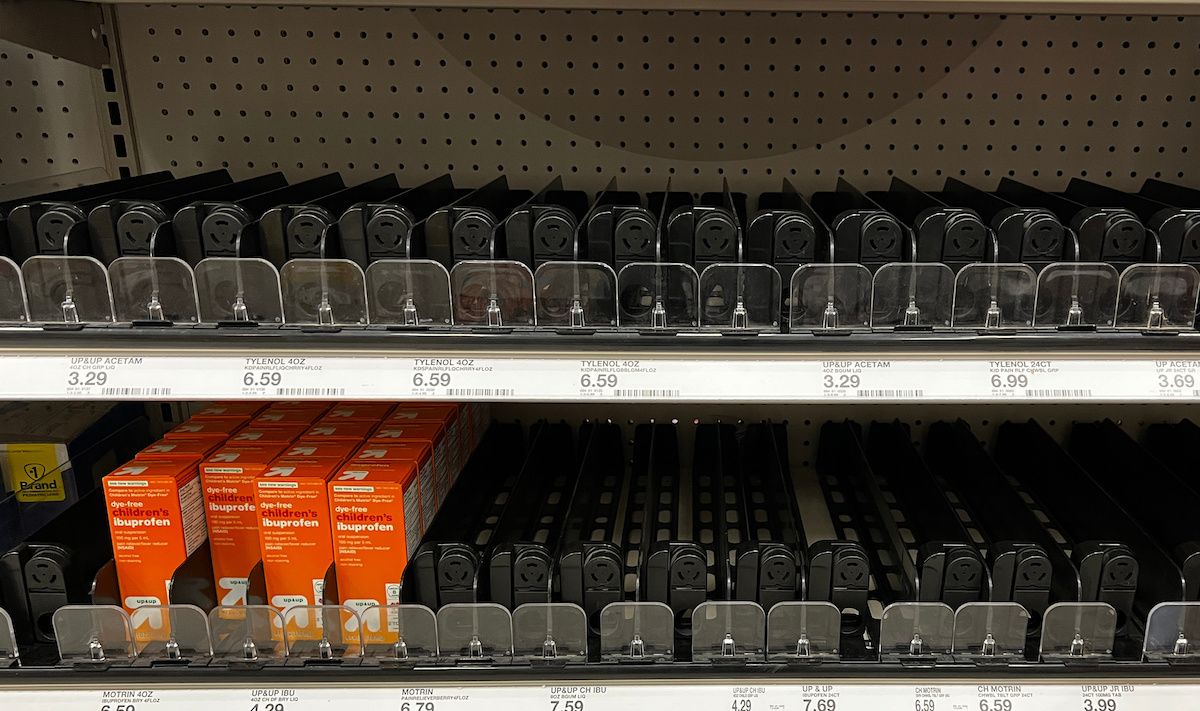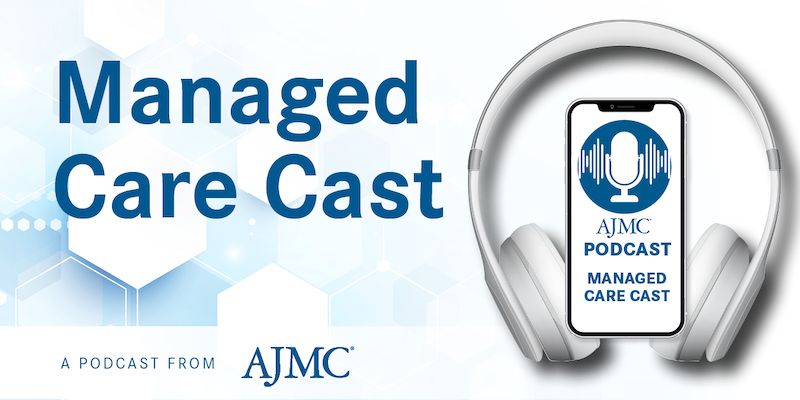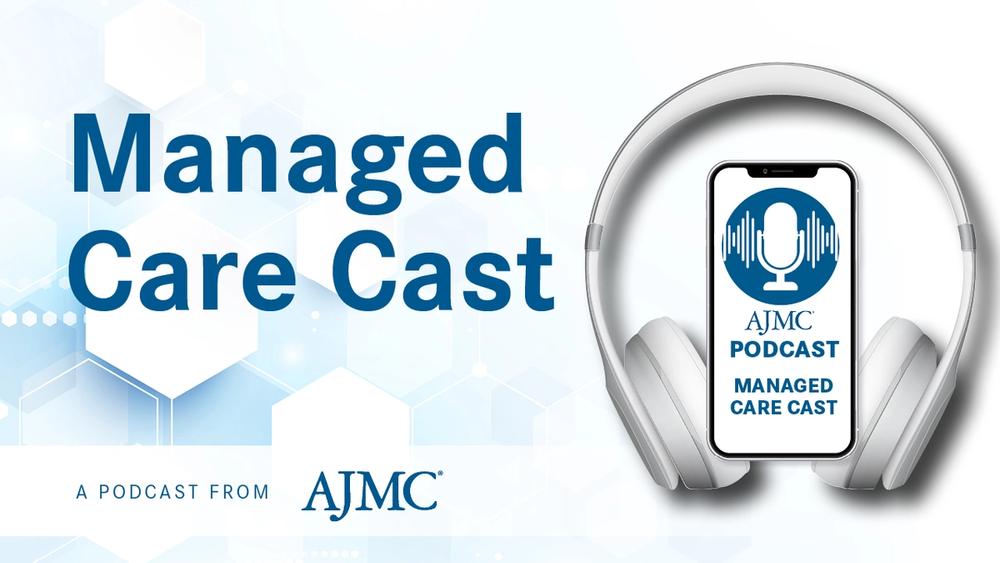News
Article
Tailored Dosing for MM Matters More Than Drug Count: Ajai Chari, MD
Author(s):
Key Takeaways
- Personalized treatment approaches are crucial for older, frail, and high-risk multiple myeloma patients, focusing on dosing intensity rather than the number of drugs.
- The MAIA study showed significant survival benefits for older, transplant-ineligible patients using daratumumab, lenalidomide, and dexamethasone (DRd).
When it comes to treating multiple myeloma (MM), Ajai Chari, MD, argued that more is not always better. More intense treatment regimens, or those with more drugs, don't necessarily guarantee better outcomes.
For many patients with multiple myeloma, how a regimen is dosed may matter more than how many agents are included, according to Ajai Chari, MD, of the University of California San Francisco. As the field explores novel triplet and quadruplet combinations, Chari emphasized the need for more personalized treatment approaches—not just to advance research, but to improve outcomes for older, frail, and high-risk populations.
Supporting this view, recent findings from the MAIA study (NCT02252172) showed that older, transplant-ineligible patients treated with daratumumab (Darzalex), lenalidomide (Revlimid), and dexamethasone (Decadron) (DRd) achieved an unprecedented 5-year overall survival.¹ These results have helped redefine expectations for frontline treatment in this patient population, Chari told The American Journal of Managed Care®.
Ajai Chari, MD | image credit: primeinc.org

Unlike historic regimens such as bortezomib (Velcade), lenalidomide, and dexamethasone (VRd) evaluated in the earlier SWOG SO777 (NCT00644228) trial, DRd’s impact were not limited to younger patients.2 Participants in the MAIA study had a median age of 73 years, compared with 65 in SWOG SO777; furthermore, Chari added, the latter’s findings are more applicable to transplant-deferred patients, rather than those who are truly ineligible. As such, DRd’s tolerability and effectiveness across age groups make it a strong candidate for routine use in older patients.
Yet, despite these advances, the field is grappling with important questions about the regimen’s unmet needs and long-term implications. Among them, Chari noted cases of high-risk disease, overall cost, the lack of a treatment break, and salvaging patients after 5 years. “At the end of 5 years, which is approximately the remission duration, patients are double refractory to daratumumab and lenalidomide, and the overall survival curve sits right on top of PFS,” Chari said, indicating limited post-progression options.
One avenue being explored here is quadruple therapy: adding bortezomib or another proteosome inhibitor to DRd. Pointing to the CEPHEUS (NCT03652064), IMROZ (NCT03319667), and BENEFIT (NCT04751877) trials, Chari expressed concerns about adverse events and short follow-up times in these studies. He asked, “Does everybody who's transplant ineligible need more drugs, especially if you're frail, elderly, or have a neuropathy history? Do you need to take the risk of that neuropathy for everyone?”
With these questions in mind, Chari’s explained his treatment philosophy: for transplant-ineligible populations, the number of drugs does not matter as much as the dosing or intensity. A full dose of 3 drugs may end up being more toxic than a lower dosing of 4 drugs. He argued that tailored dosing is key: daratumumab, as a monoclonal antibody, has minimal toxicity; lenalidomide requires renal adjustment and careful use in anemic patients; dexamethasone should be reduced or discontinued early; and bortezomib should be limited to once-weekly dosing to minimize neurotoxicity. Fine tuning a patient’s doses can allow clinicians to administer either triple or quadruple therapy.
“And what's gratifying is that, because these drugs are highly active in general, the risks are far outweighed by the benefits. Of course, they have some side effects, but they're often manageable and preventable, and by treating effectively and reducing the myeloma quickly you're actually having a dramatic impact on quality of life,” Chari added. CRAB symptoms—calcium evelation, renal dysfunction, anemia, bone disease—for patients with multiple myeloma can be debilitating. Adapting dosing, drug combinations, and effectively controlling their disease helps them functionally recover and offers a great deal of relief.
As the field advances, the focus is shifting toward quadruplet therapy with optimized dosing, aiming to preserve efficacy while minimizing toxicity. With ongoing studies and new combinations on the horizon, Chari emphasized how the treatment landscape for transplant-ineligible patients with multiple myeloma should evolve around patient-centered goals.
References
1. Facon T, Moreau P, Weisel K, et al. Daratumumab/lenalidomide/dexamethasone in transplant-ineligible newly diagnosed myeloma: MAIA long-term outcomes. Leukemia. 2025;39(4):942-950. doi:10.1038/s41375-024-02505-2
2. Durie BGM, Hoering A, Abidi MH, et al. Bortezomib with lenalidomide and dexamethasone versus lenalidomide and dexamethasone alone in patients with newly diagnosed myeloma without intent for immediate autologous stem-cell transplant (SWOG S0777): a randomised, open-label, phase 3 trial. Lancet. 2017;389(10068):519-527. doi:10.1016/S0140-6736(16)31594-X
Newsletter
Stay ahead of policy, cost, and value—subscribe to AJMC for expert insights at the intersection of clinical care and health economics.





